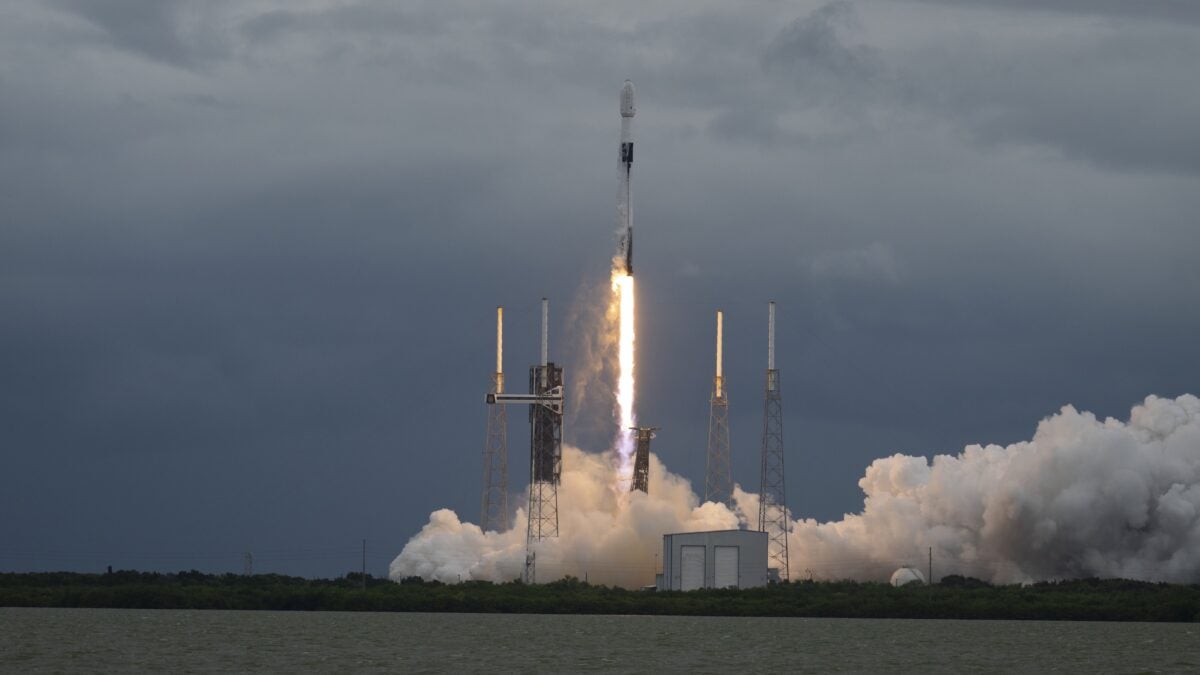The ESA spacecraft embarked on a two-year journey to the asteroid Didymos and its moonlet Dimorphos on Monday.

The European Space Agency’s Hera mission lifted off on a SpaceX Falcon 9 from Cape Canaveral Space Force Station in Florida on Oct. 7 at 10:52 a.m. EDT. Credit: ESA – S. Corvaja
Although the day started out with a few clouds and rain, the European Space Agency’s (ESA) Hera mission successfully launched on Monday at 10:52 a.m. EDT from NASA’s Kennedy Space Center in Florida.
Although advance forecasts gave only a 15 percent chance of favorable weather, fears of postponement quickly dissipated as each stage of the countdown progressed.
The SpaceX Falcon 9 rocket that took the craft to space was only granted approval for launch by the Federal Aviation Association (FAA) one day earlier. The delay was due to a recent incident with the Crew-9 mission the week before, in which the rocket’s second stage landed outside of a designated hazard zone in the Pacific Ocean. Hurricane Milton was also a concern as it had grounded NASA’s Europa Clipper, scheduled for launch Oct. 10.
However, Hera’s launch went off as scheduled. After liftoff, the Falcon 9’s first stage separated and fell back to Earth; it was the 23rd and final flight for this particular booster. A Falcon 9 first stage normally returns to a landing pad to be reused. But to launch Hera, the booster needed to expend all of its fuel, leaving none for a return trip. Hera’s solar arrays were deployed as planned one hour later.
RELATED: Here’s what to know about the Hera mission.
The craft will reach its destination — the asteroid 65803 Didymos and its small moonlet Dimorphos — in 2026. Along the way, it will fly by Mars to receive a gravity assist and examine the planet’s asteroid-like moon Deimos.
Hera’s ultimate goal is to survey the effects of NASA’s Double Asteroid Redirection Test (DART), which slammed a spacecraft into Dimorphos, altering its orbit around Didymos and also perhaps its shape. The hope is to be able to employ similar impacts in the future to defend Earth from incoming asteroids, redirecting their paths.
RELATED: Could we experience the first-ever human-made meteor shower?
Once the mission reaches the asteroid in two years time, it will deploy two cubesats, which will also survey Dimorphos for six months; after that time, they will land on Dimorphos. Officials at ESA last week said there was a possibility of extending Hera’s mission to continue studying the Didymos-Dimorphos system and the nature of binary asteroids.

